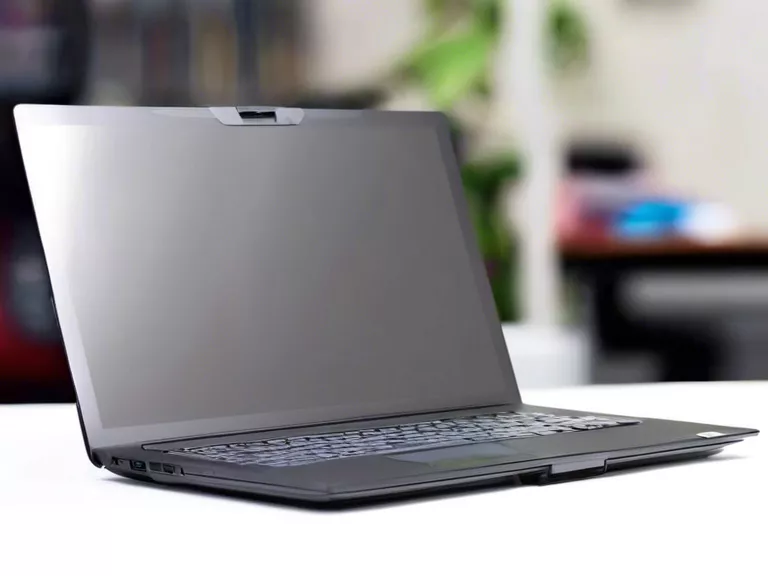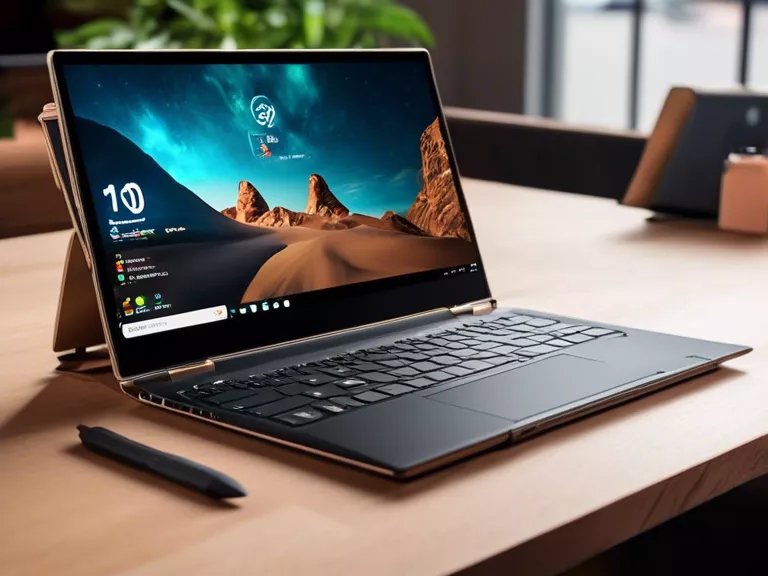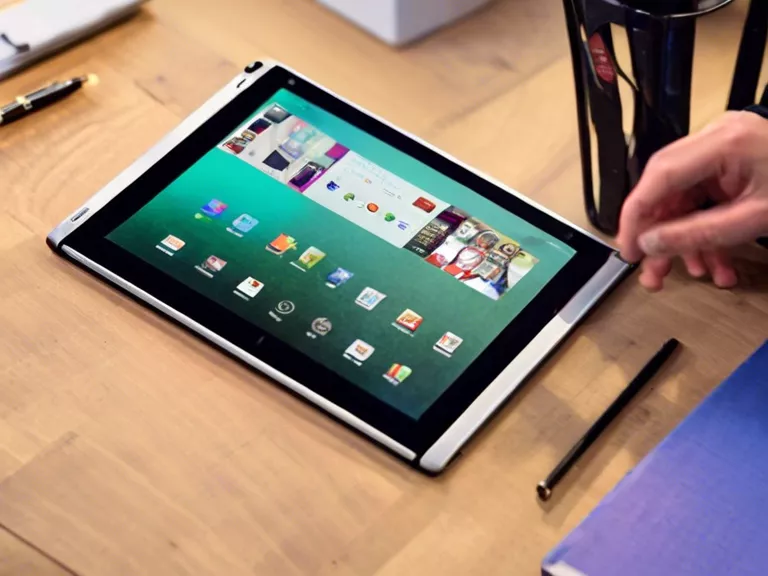
How to troubleshoot common performance issues on your laptop
If you've noticed your laptop running slower than usual or experiencing other performance-related issues, don't panic. There are several steps you can take to troubleshoot and potentially resolve these issues on your own. By following some simple troubleshooting techniques, you may be able to improve the overall performance of your laptop and avoid the need for costly repairs.
Here are some common performance issues you may encounter on your laptop and how to address them:
Overheating: One of the most common causes of laptop performance issues is overheating. Over time, dust and debris can accumulate inside your laptop, blocking airflow and causing it to heat up. To address this issue, try cleaning the vents and fan using compressed air. You can also invest in a laptop cooling pad to help keep your device running at a lower temperature.
Low disk space: If your laptop is running out of storage space, it can slow down significantly. To free up space, consider deleting unnecessary files, uninstalling unused programs, and clearing your browser cache. You can also transfer large files to an external hard drive to free up space on your laptop's internal storage.
Outdated software: Outdated operating systems and software can also impact your laptop's performance. Make sure to regularly update your operating system, drivers, and applications to ensure optimal performance. You can set your laptop to automatically update software to stay current with the latest versions.
Malware and viruses: Malware and viruses can also slow down your laptop and compromise your security. Run a full scan using your antivirus software to check for any malicious programs. Consider using a reliable antivirus program and performing regular scans to protect your laptop from potential threats.
Background programs: Running too many programs in the background can also impact your laptop's performance. Close any unnecessary programs and disable startup programs that you don't need. You can use Task Manager (Ctrl+Shift+Esc) on Windows or Activity Monitor on Mac to monitor and close programs that are using too much CPU or memory.
By following these troubleshooting tips, you can potentially improve the performance of your laptop and keep it running smoothly for years to come.



